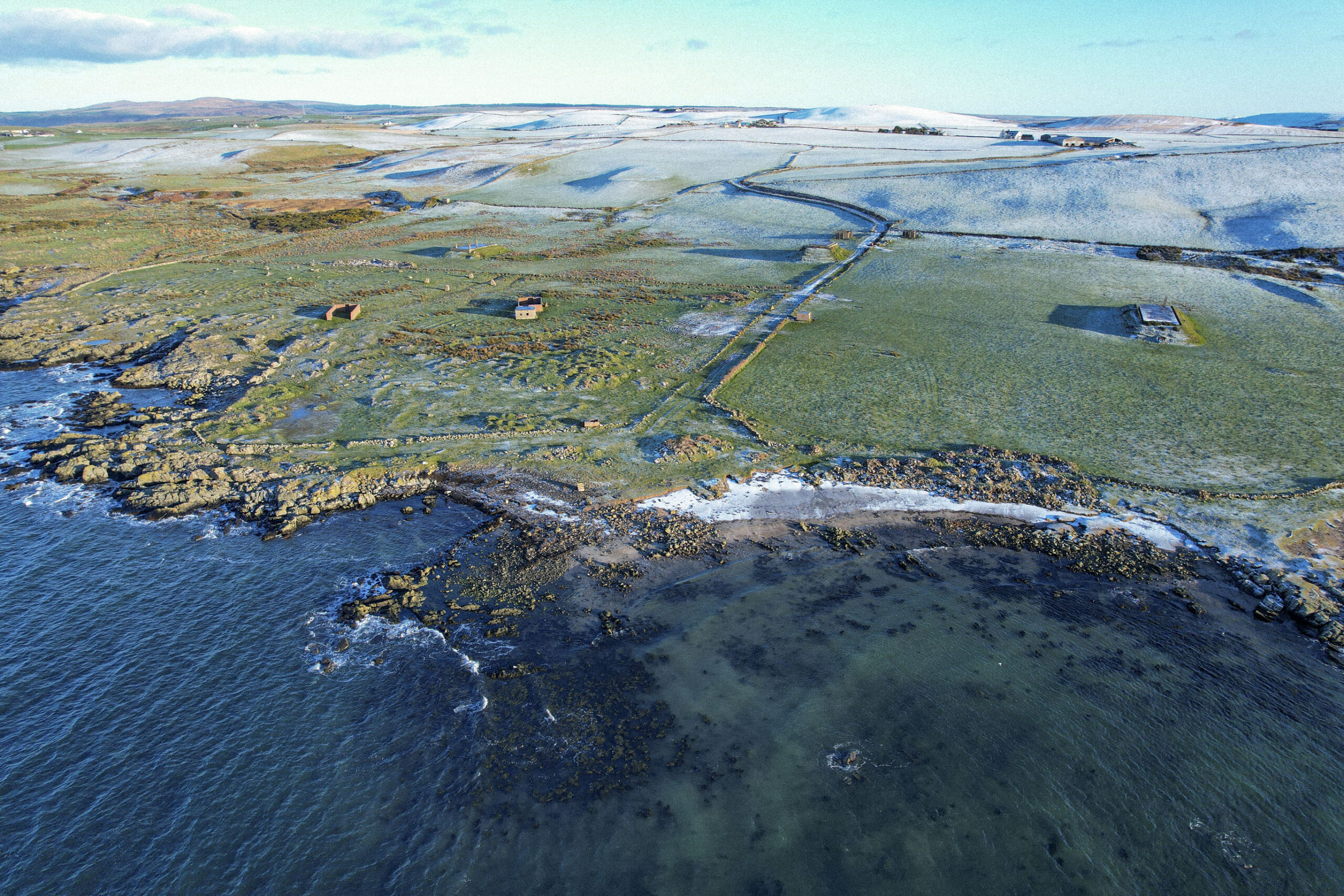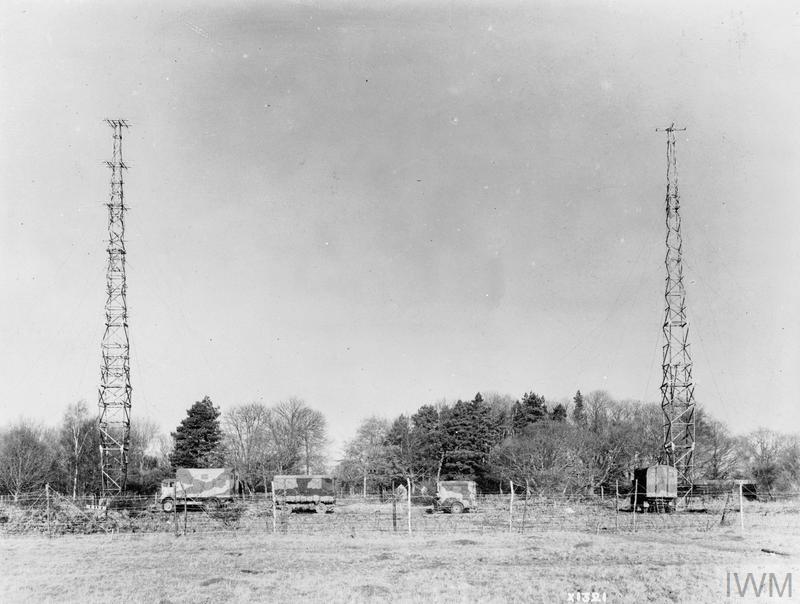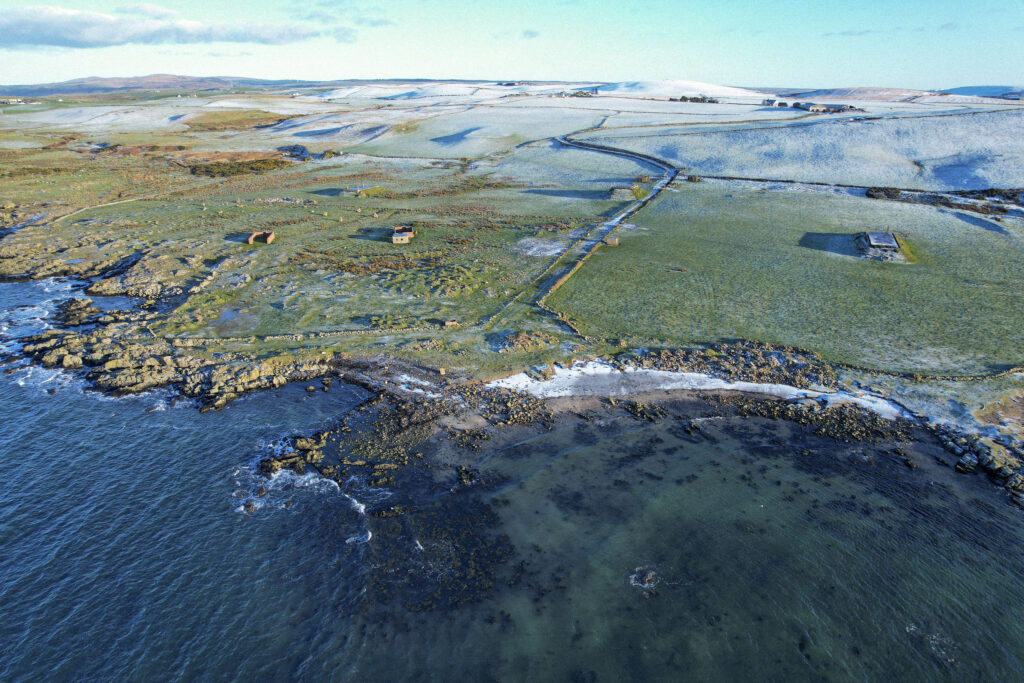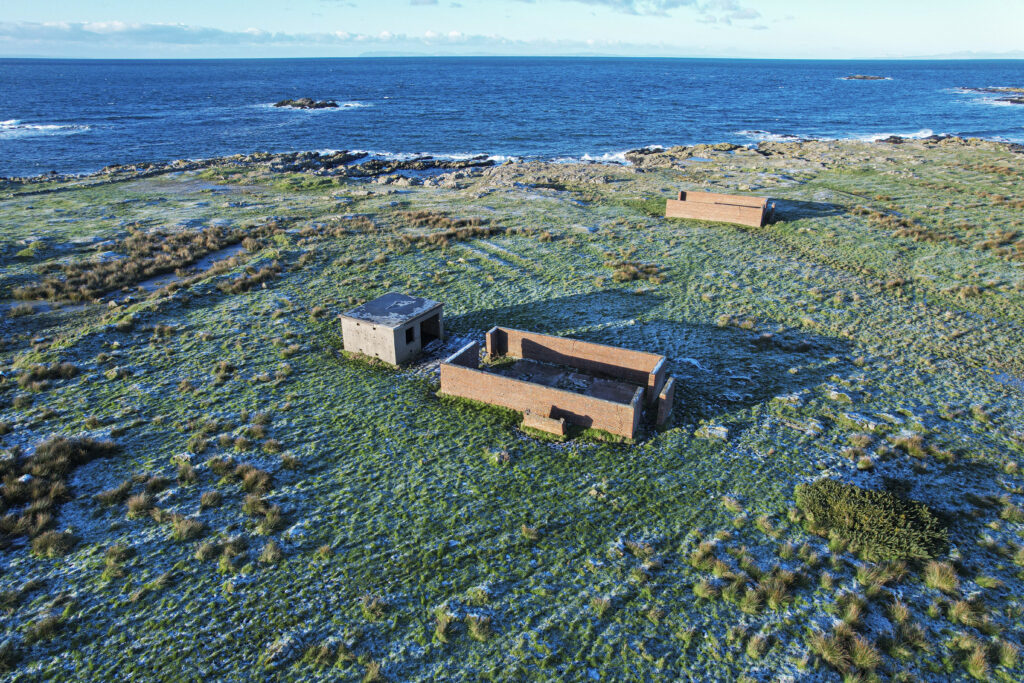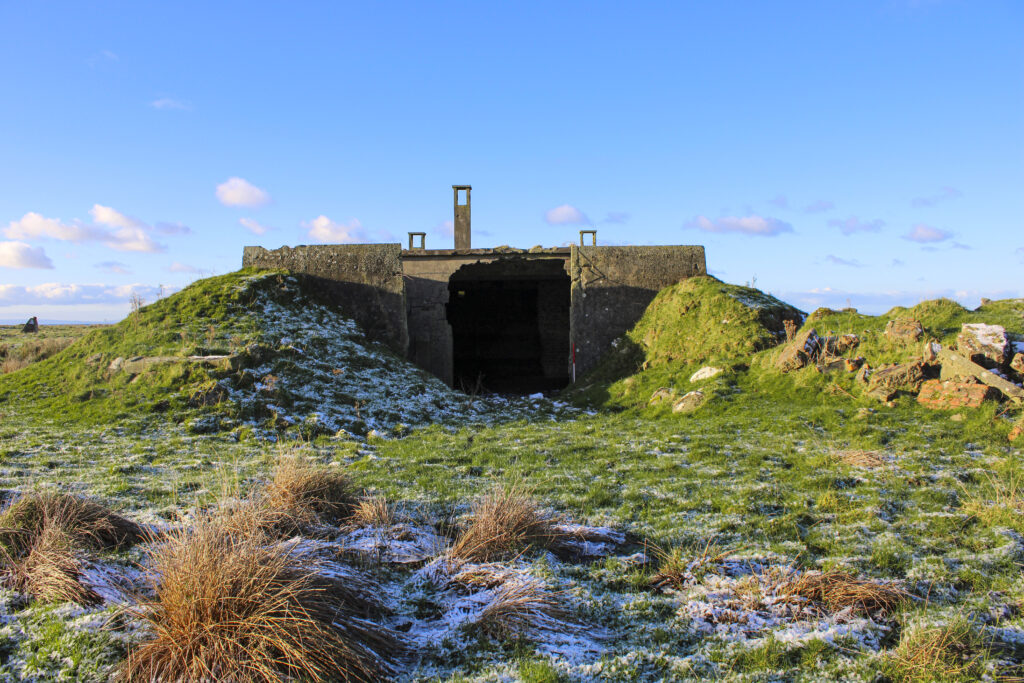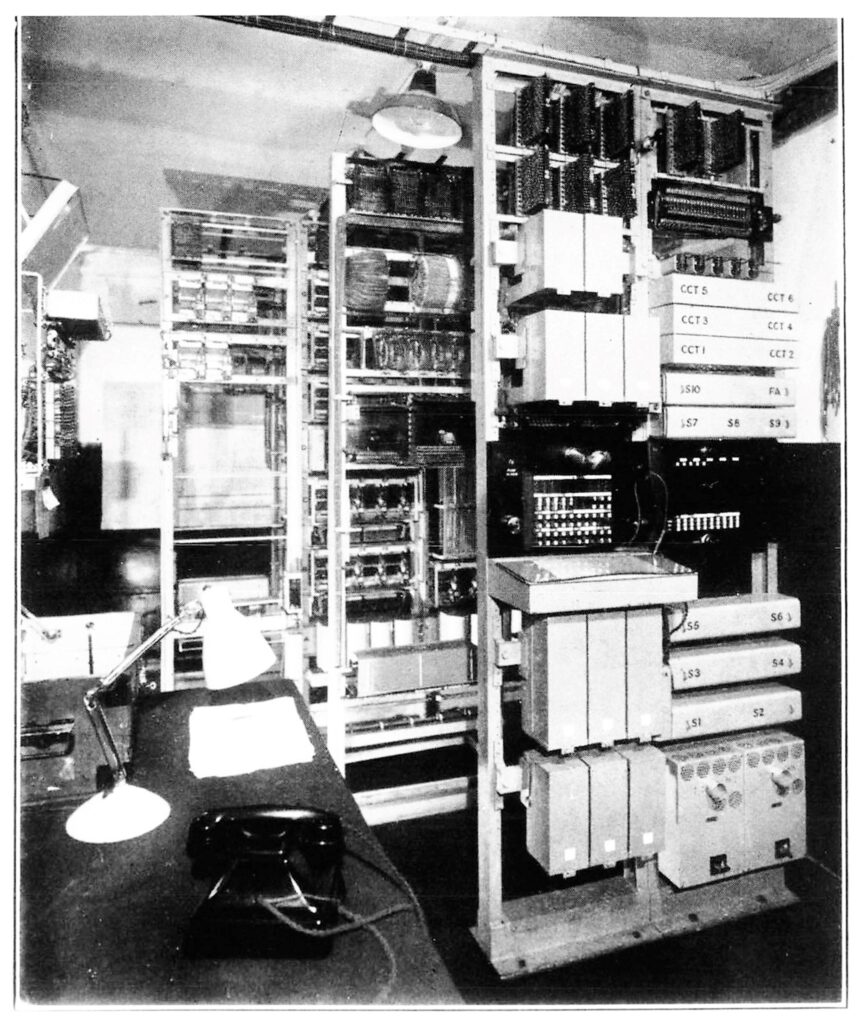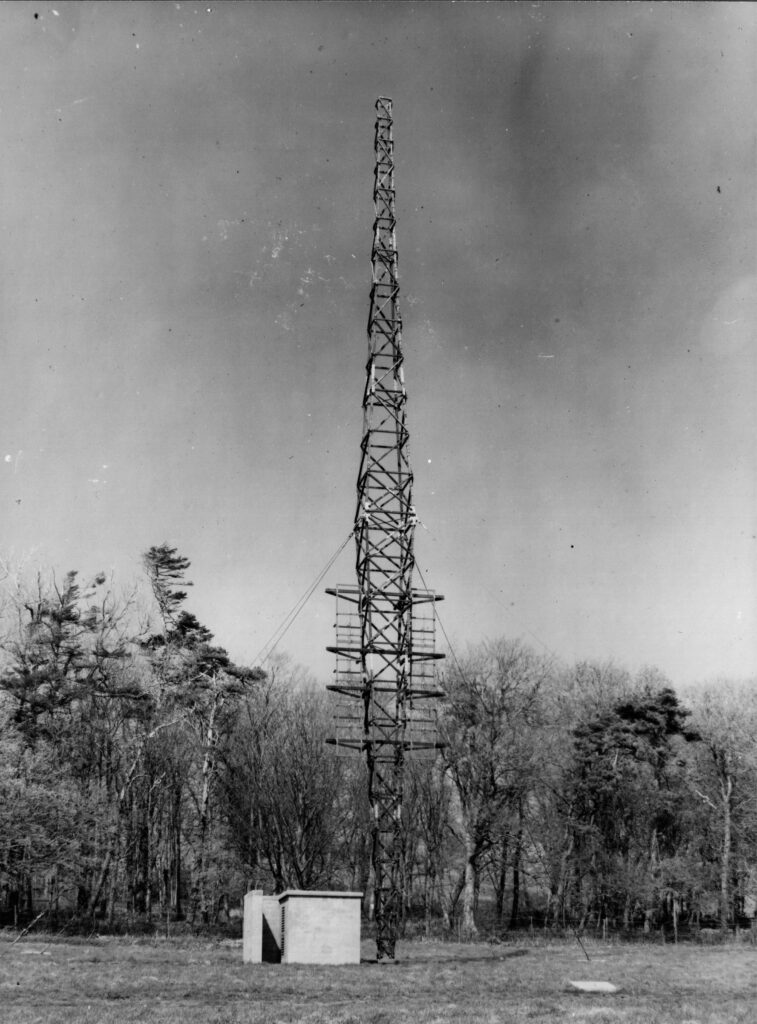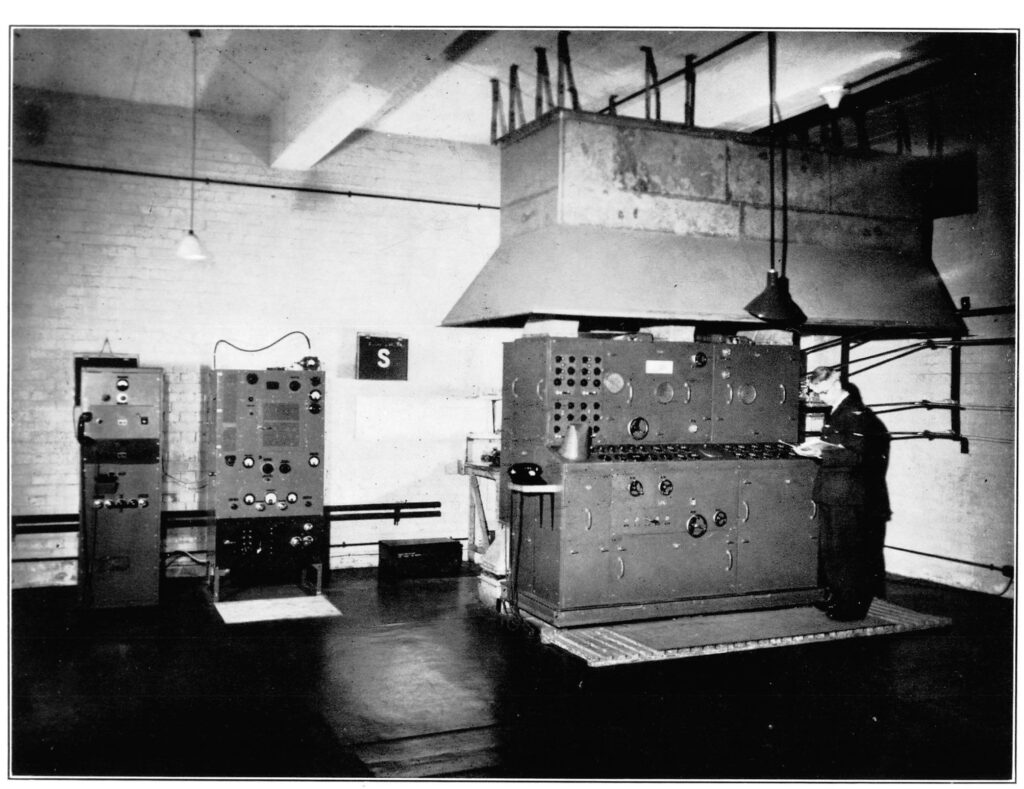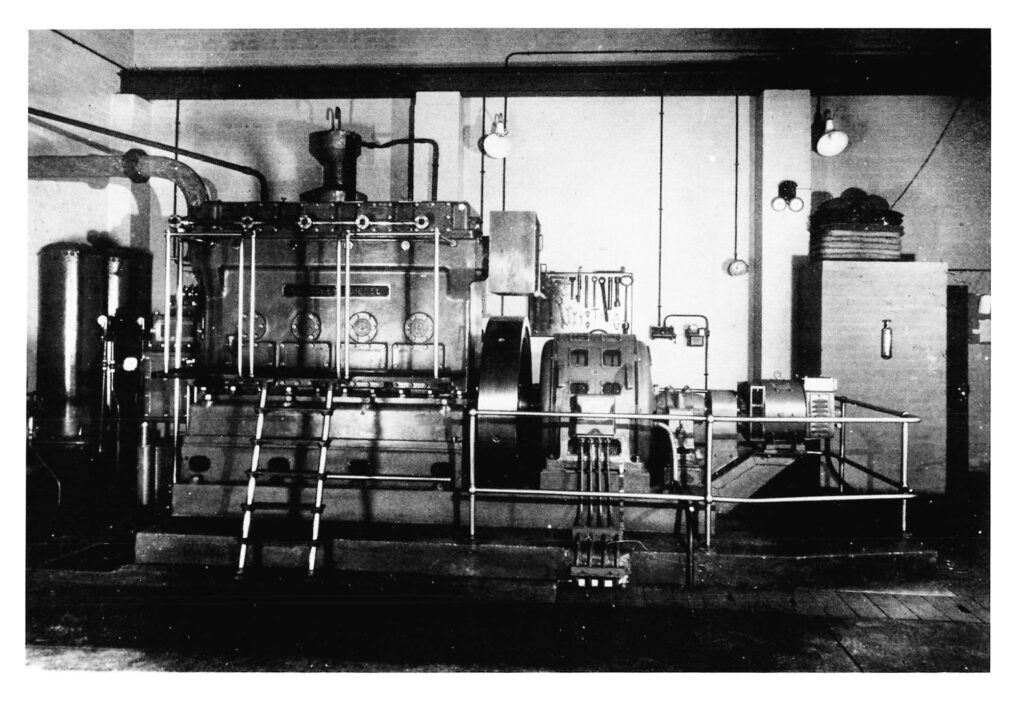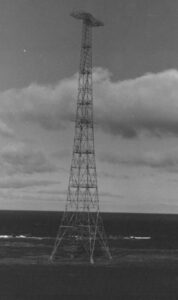During the Second World War, the network of Chain Home radar stations was a crucial part of air defences for the UK, with the station at North Cairn aiding in the protection of Belfast and Glasgow. At the time, the station was top secret and many of those working there did not know the full extent of operations.
Archival images in the timeline above: RAF Air Defence Radar Museum, unless stated otherwise.
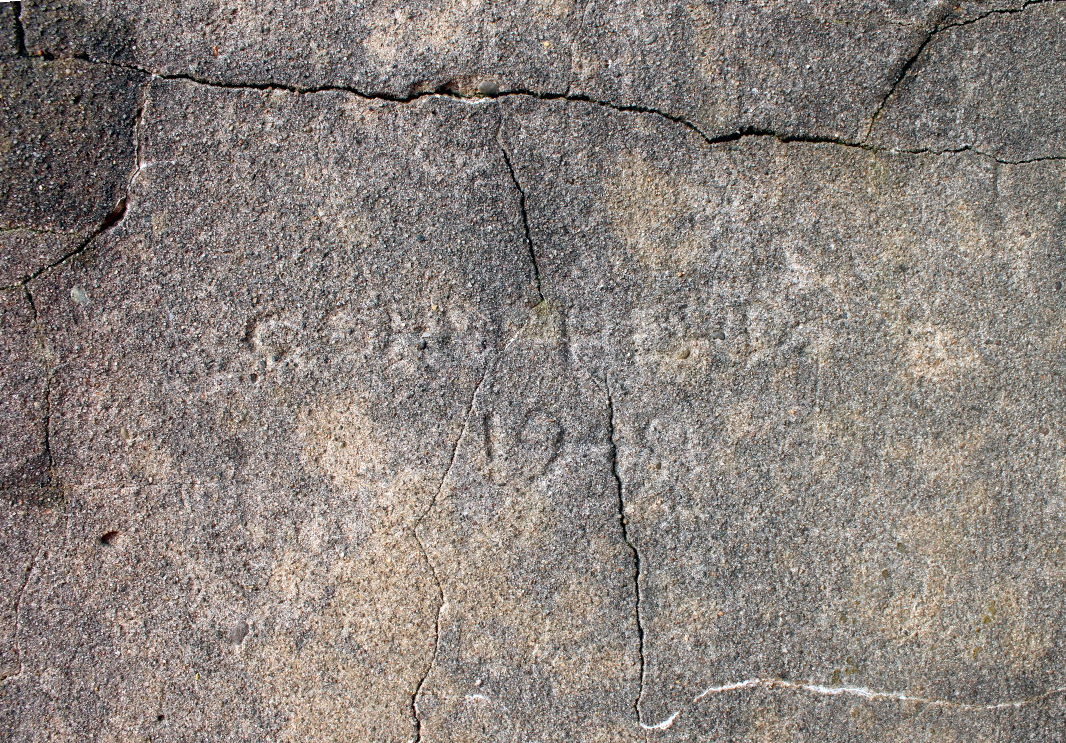
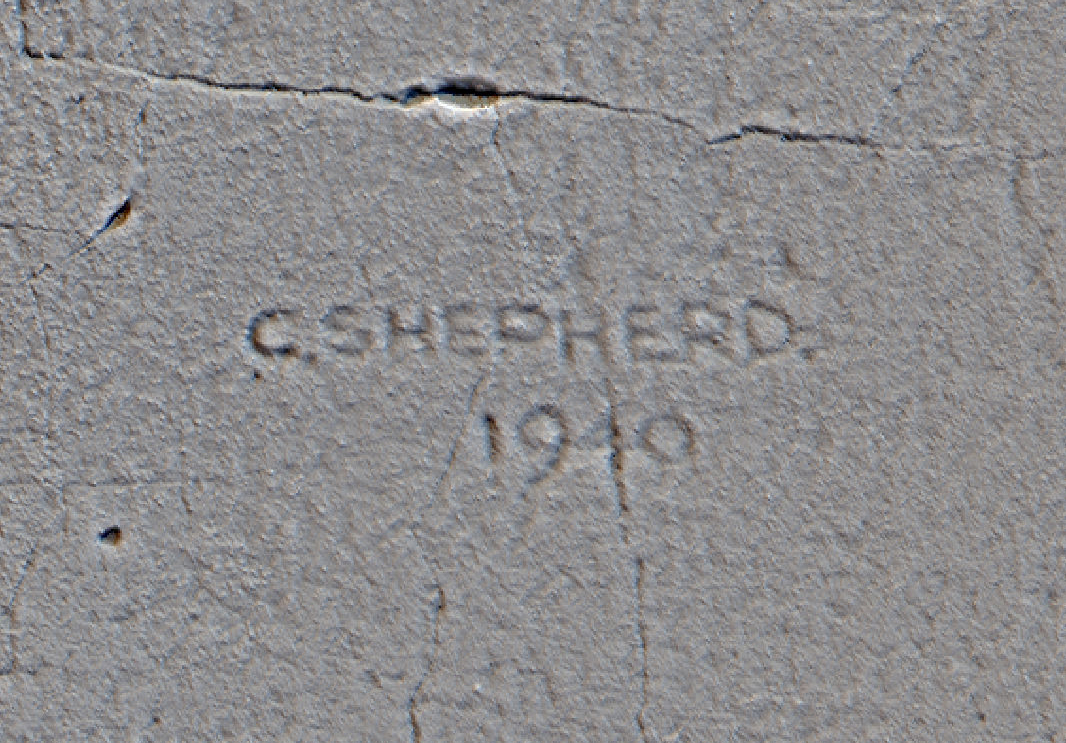
This name carved onto the outside of the guardroom was barely legible during the survey. Using photgrammetric techniques a 3D surface of the wall onto which it was carved was created. This 3D surface was then visualised using a combination of multi-direction hillshading and local releif modelling to enhance the graffiti.
https://www.youtube.com/watch?v=6oTurM7gESE
Acknowledgements
The survey of RAF North Cairn WW2 Chain Home Radar Station was by carried by AOC Archaeology as part of Dumfries and Galloway Council’s Rhins Revealed Community Archaeology Project, delivered during development work on the Rhins of Galloway Coast Path
AOC Archaeology are indebted to Ian Baldie who generously allowed us to use his work on the history of North Cairn in the production of this report. AOC Archaeology would also like to thank all of the volunteers who helped to undertake the survey.




